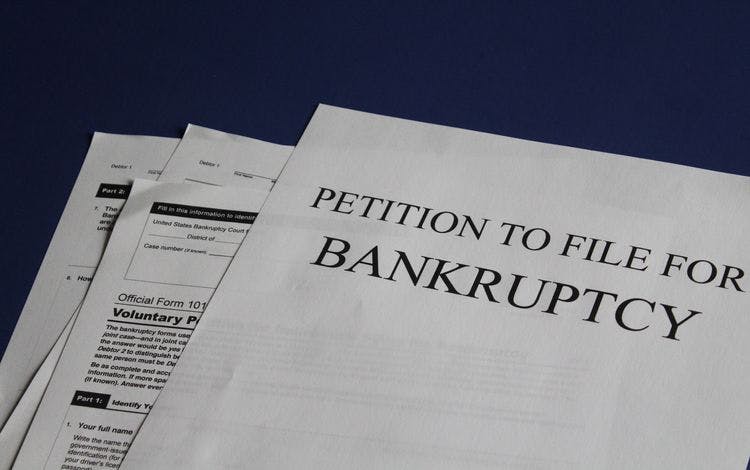Scrambling to reorganize after a Chapter 11 Bankruptcy can be a hugely difficult feat for small businesses. As of next year, however, thanks to the Small Business Reorganization Act, some of the more challenging issues have been alleviated. This act will result in bankruptcies being made faster and also less expensive for companies. If a business meets certain criteria and has less than 2.7 million in debt, then this act may apply to them.
Among the provisions:
- Reorganizing gets streamlined. The traditional costs associated with corporate reorganization are largely removed. No committees or creditors are overseeing, rather only the small business debtor can devise a reorganization plan. The debtor in question has to file a said plan within 90 days of petitioning for bankruptcy.
- Modifying Residential Mortgages. Previously, the debtor was not allowed to modify residential mortgages—now they can, barring that the loan wasn't used to initially acquire the residence and was thus utilized in conjunction with the small business itself.
- Can Now Delay Administrative Expense Claims. Such claims as incurred for post-petition services rendered, the debtor can now stretch out payment of these administrative costs over a longer-term repayment plan.
Because previously a Chapter 11 reorganization did not benefit the small business debtor as the costs made many of said benefits out of reach, this act was put into place to remove some of the obstacles that small businesses do face given their more limited resources. There is currently the talk of increasing limitations as far as debt as well as adding even more provisions to facilitate Chapter 11 reorganization for small businesses. The act goes into effect starting February of 2020.
First Union Lending would love to work with you whether trying to avoid bankruptcy or having newly reorganized post-bankruptcy. We take a look at the entire picture. If you need business capital, call today!
